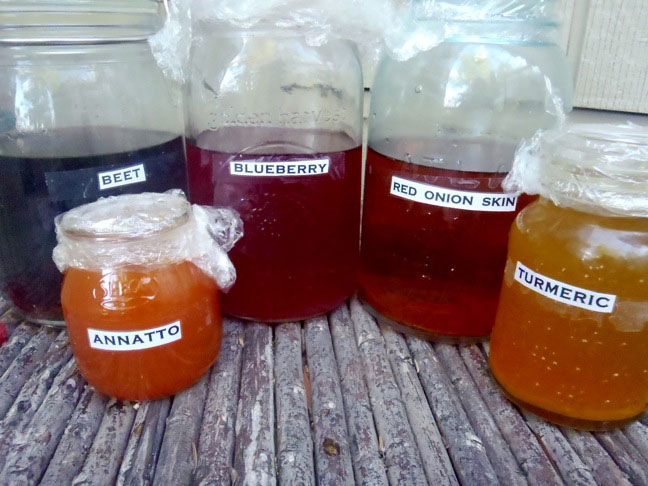It can be quite fun to use natural ingredients to decorate Easter eggs! There are a number of these ingredients that can be used to create various food dye colors.
For all of the dyes, add the hard boiled eggs when both the egg and the dye are at room temperature or at least cool. Then submerge the egg until it…








